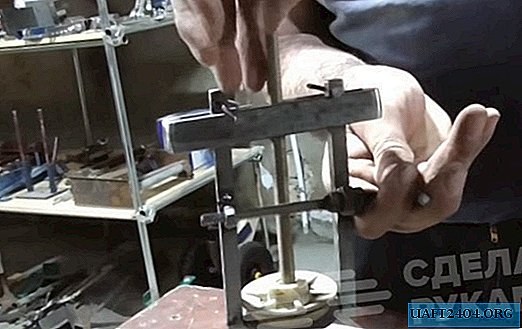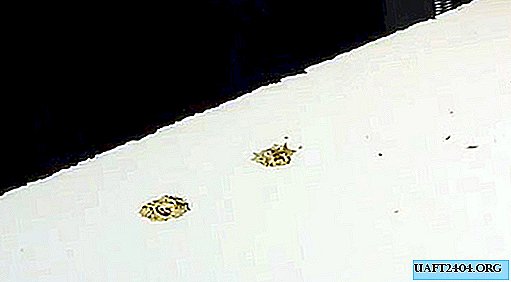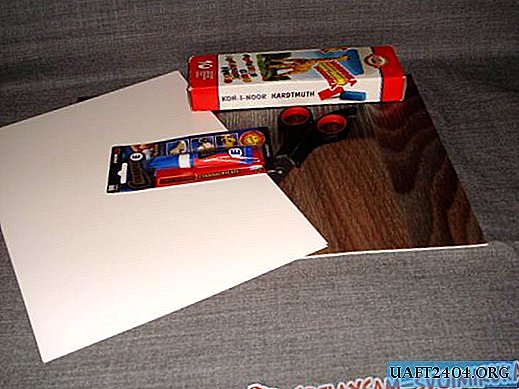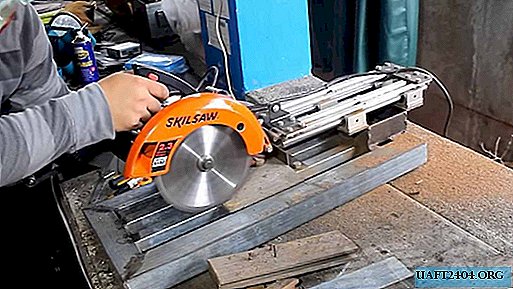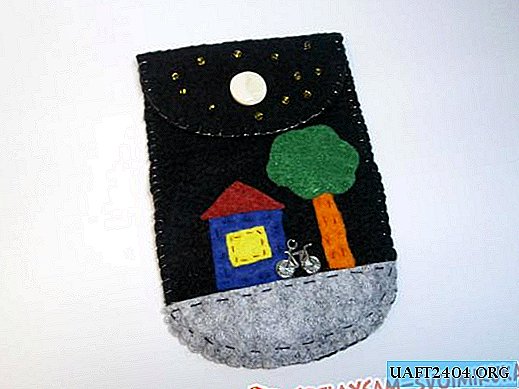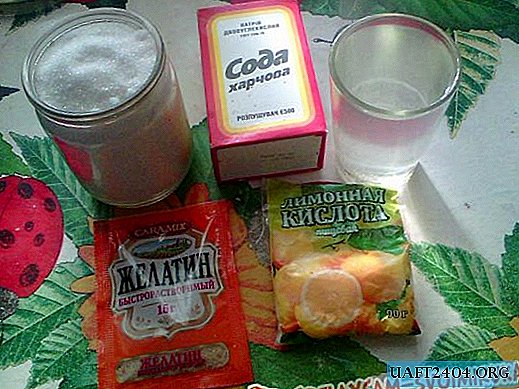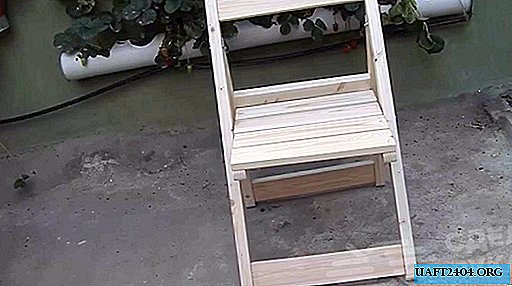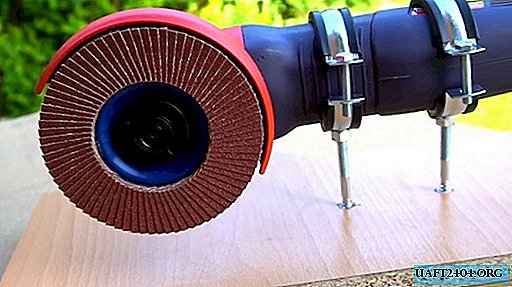Share
Pin
Tweet
Send
Share
Send
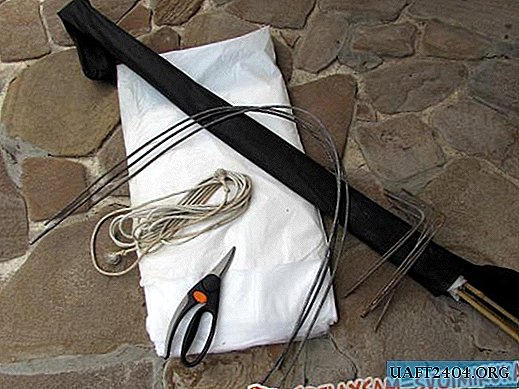
The optimal time for sheltering plants is dry weather, established with the advent of stable cold weather. Protective materials are recommended to be placed on frames that ensure the integrity of the branches and the optimal ventilation mode.
We get ready shelters.

Purchased designs are ready-made kits that are easy to install and do not require additional accessories. Among the many options you can always choose shelters that are suitable in shape and size.

The frames of these products are made of polymer or metal tubes, bamboo rods or fine mesh. As a protective material, non-woven fabrics are used that allow air to pass through and maintain a dry atmosphere inside the shelter, for example, Snapbond or Agrospan.
We cover the homemade frame with purchased material.
Another way to organize a winter shelter is to separately purchase the right amount of non-woven material, which saves about half the money. In this case, the base for fixing the canvas is built with their own hands from thick wire. Homemade arcs are installed crosswise over the plant.

The synthetic fabric is pulled over the frame and pinned with wire pins.

We use wooden supports and burlap.

To make a simple skeleton, you will need four pegs with a length of two heights of a covered coniferous plant. The ends of the wooden battens are knocked down with a carnation and put in place racks resembling a compass. It is better to stick stakes in the ground in advance, without waiting for its freezing.

With the onset of steady night frosts, the wooden base is covered with burlap, fixing the fabric with studs or stones bent from the wire.

We collect fir spruce branches

An excellent winter shelter is Lapnik, which additionally saves plants from rodents. The air gap created under the thorny branches is well ventilated and less exposed to temperature changes. Lapnik is harvested exclusively from healthy trees; you cannot use infected needles and transfer diseases to young seedlings.

Long spruce or pine legs are perfect for shelter - they are folded over the plant in the form of a hut, tied with twine on top. But also the short shoots remaining after the forming pruning of adult trees also go into business. First, wire arcs are installed on top of the bush. Then the frame is wrapped with cut branches.

The result is an ideal shelter that saves a coniferous plant from ice crust in winter.

Another advantage of spruce branches - it does not rot and does not contribute to the reproduction of destructive microorganisms.
Protect the root system.
Trunk circles of coniferous seedlings are mulched with some kind of organic matter, sprinkling the material with a loose layer at least 5 cm thick. A mixture of earth and leaves is well suited for sheltering the roots. Left in the spring under a bush, it rots and serves as additional fertilizing.

The coniferous plants remaining in the containers are dug into the ground for the winter or a blanket of sawdust is placed near them.

The ground part of the seedlings is protected by any of the available methods.

Each of the considered structures begins to air when the spring rays of the sun melt snow around it. First, the north side is ajar, and after thawing the soil, the protective material is completely removed.
Winter shelter of young coniferous plants is one of the means that increase the winter hardiness of plantings. Do not take it as the only method guaranteeing a safe wintering. An experienced gardener is always deliberate in preparing plants, paying attention to planting, watering and fertilizing.
Share
Pin
Tweet
Send
Share
Send

